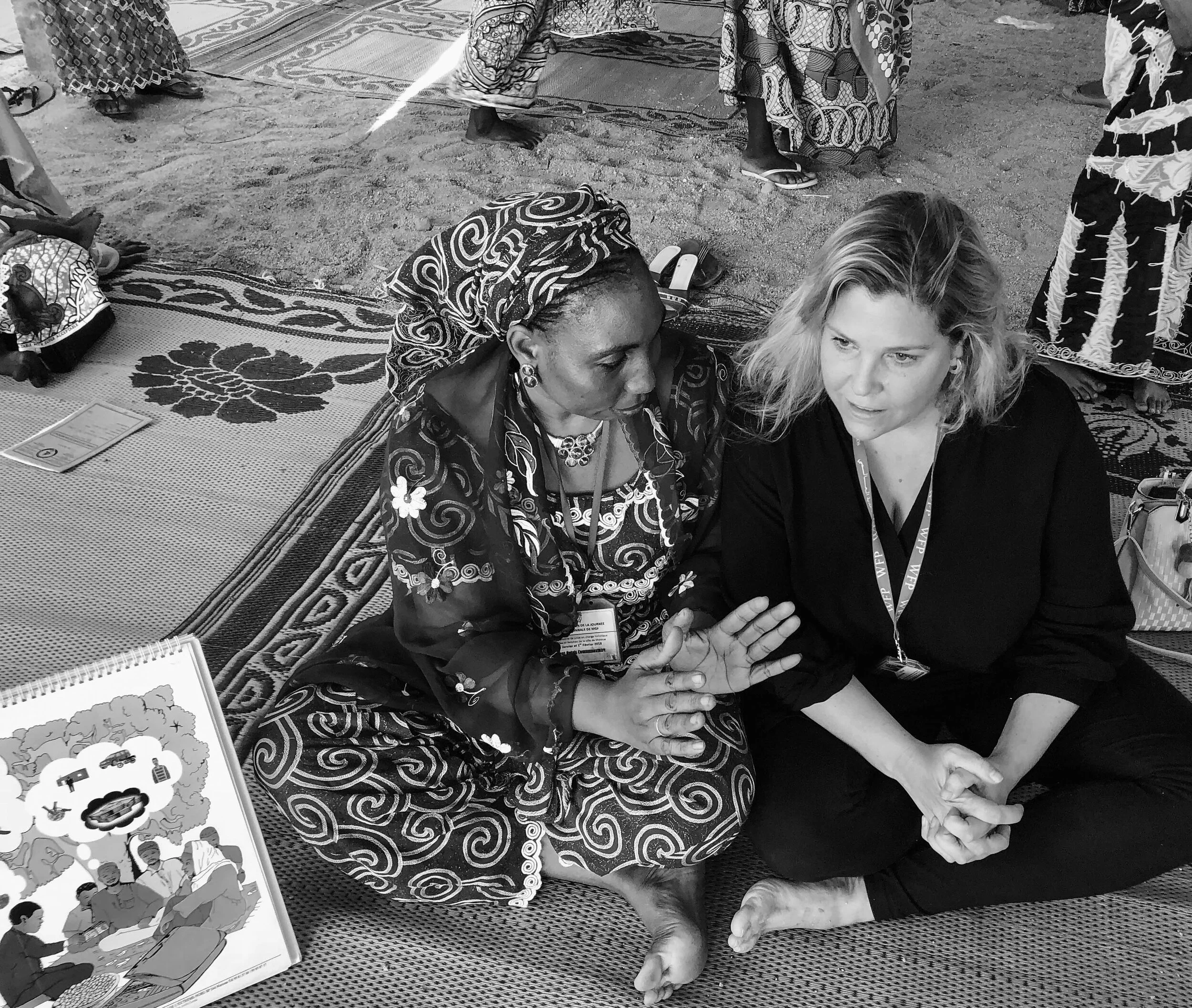Welcome back! Thank you for joining me in Part II of my Photo Ethics While Traveling blog. This is a topic near and dear to me and I hope you walk away with some fresh insights.
You may recall that in Part I of our Photo Ethics While Traveling post, I covered the differences between tourism, traveling, and the importance of knowing which story you’re telling when it comes to your photography.
Those same rules apply here, when it comes to what happens after you’ve taken the photo!
Return the Favor
While you might not need to pay directly for your photo subjects’ portraits, it’s helpful to return the favor of their patience and time. For instance, if taking a picture of someone selling wares by the side of the road, see if there’s something you can purchase from them. (At the very least, say “thank you” in the local language).
Model Releases & Permission
Obviously, in an ideal situation, we would have model releases and permissions for every human being who appeared in our photography. Unfortunately, that’s not always possible. However, if you’re planning on profiting commercially (directly or indirectly) from your work, and your work contains other people in it, it’s a good idea to get those releases or, at the very least, permission.
Editing
When it comes to editing, there’s a big difference between editing landscapes or photos of inanimate objects, and photos of human beings. When editing photos of human beings, be mindful of what changes you're making, especially with regards to skin tone and other features. It’s one thing to tell a story in a certain style; it's another thing to manipulate an image.
Posting on Social Media
If you're proud of the work you've created, it's only natural to want to post it on social media. But, like with all things on social media, you’ve got to be careful of the consequences. Obviously, if it's a photo of someone doing something that could get them in trouble in their country, it’s truly best to keep that off of social media. In addition, ask yourself if this is the way you want to visually tell the story of the people and places you encountered on your travels!
As mentioned earlier in Part I, these guidelines and tips are ever-evolving and many in the photography community are able to debate the ethics of photojournalism, street photography, and humanitarian photography all day. But hopefully, the more we talk about them, the better all of us will be for it!
And if you’re interested in giving your travel photos a bit more pop, check out my downloadable Presets for Lightroom!
Also, check out my online course which will enable you to take YOUR phone photography to the next level!!

